Robot vacuum cleaners run on batteries to power their sensors, lasers, and motors. However, with all three functions (and much more) running simultaneously, it’s a surprise that robot vacuums can run for longer than 15 minutes before becoming fatigued and needing to lie down.
Today, we’d like to talk to you guys specifically about the battery life of a robot vacuum cleaner, or, more specifically, what makes for good battery life?
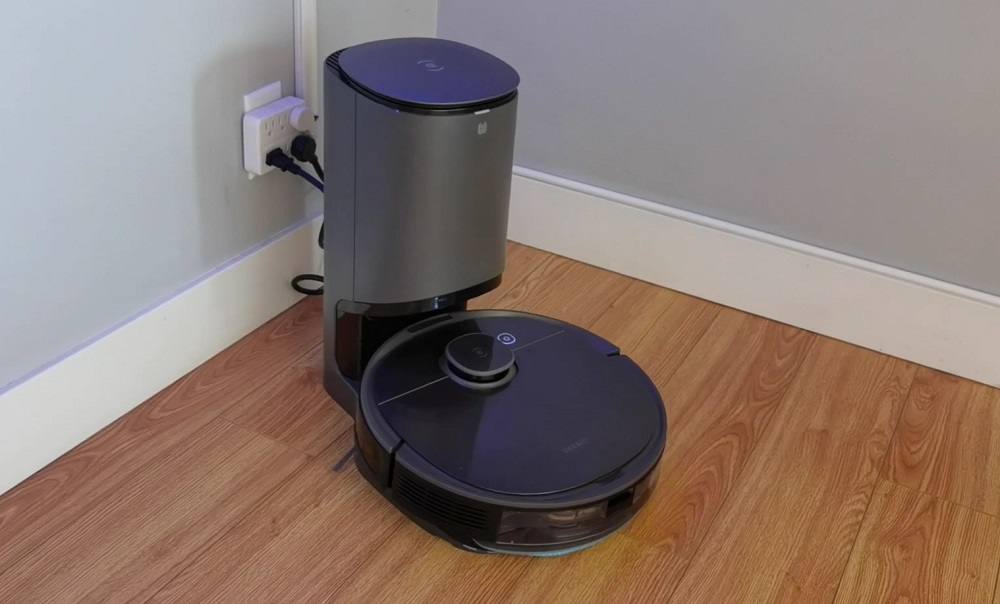
How Long Should Your Robot Vacuum’s Battery Last per Charge?
The average runtime of your robot vacuum depends on the model and how much you paid for it, to put it simply. There are robot vacuum models that can run for upwards of 180 minutes, while others need to recharge after about 60 minutes of nonstop cleaning.
After looking at countless robot vacuum models, we’ve boiled down the average runtime per charge based on different price brackets.
- Low-Cost (Less than $250) – 60 minutes
- Mid-Range ($250 to $500) – 120 minutes
- High-End ($500 to $700) – 180 minutes
- Ultra-High-End (Over $700) – 180+ minutes
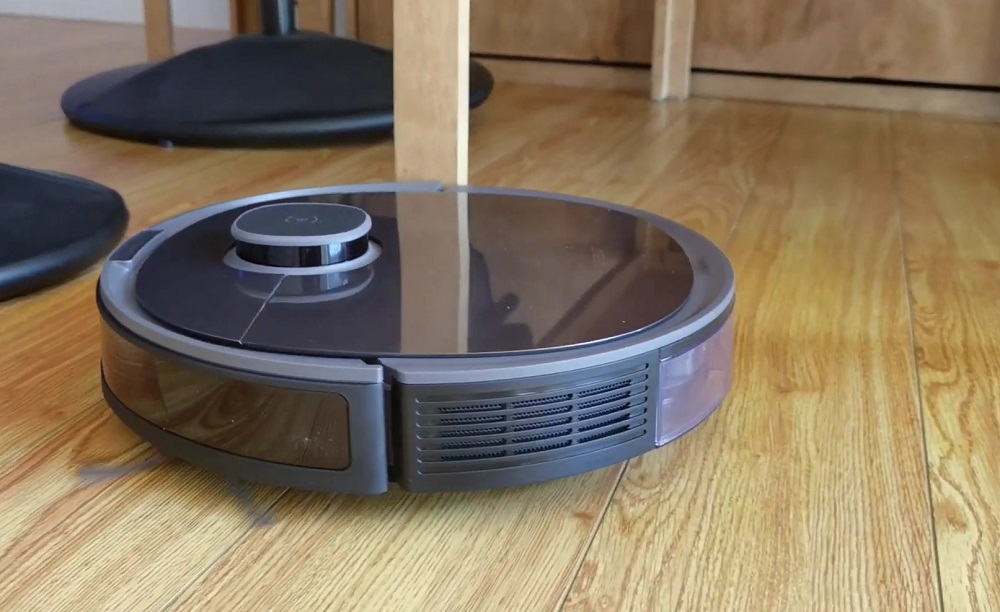
As you can see, on average, the more you splurge on a robot vacuum, the longer the robot will vacuum while starting at 100% battery life. Of course, there are exceptions to this rule. For instance, some obscure Chinese brands that sell low-cost robots can run for upwards of 120 minutes, which almost skewed our averages.
So, in a general sense, if you have a larger home (over 1,000 square feet), you should consider choosing at least a high-end robot vacuum or several mid-range or lower robots.
Factors that Affect Battery Life
When looking at robot vacuum runtimes, you’ll have to take into account several factors that can positively or negatively affect its battery life. Here, we’ll briefly cover each factor to give you a good idea of what to expect.
1. Battery Size
The size of the battery—measured in mAh (milli-Amp-hour)—will determine the overall capacity of the robot’s battery. Generally speaking, a higher mAh rating is indicative of a longer-lasting battery per charge. You’ll find flagship robot vacuums sporting beefier batteries as opposed to their more affordable counterparts.
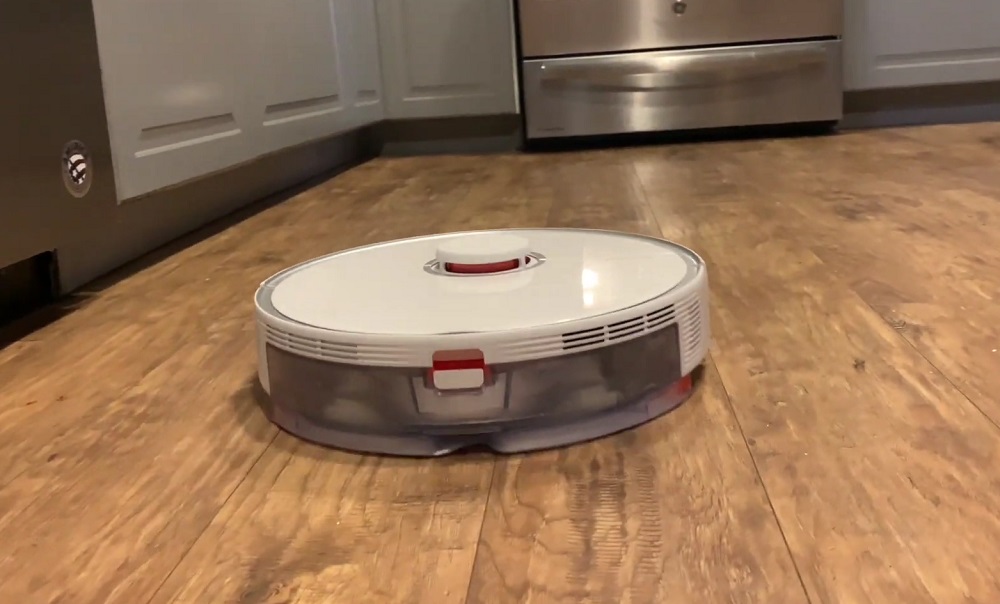
2. Features
The number of features that your robot vacuum has can negatively impact its runtime. For instance, a robot that sports LiDAR navigation, a mop attachment, and built-in cameras to avoid obstacles, may have reduced runtime compared to other models with similar-sized batteries with fewer features.
However, since costlier models contain beefier batteries, they can run multiple functions at the same time without significantly compromising their overall runtime.
3. Cleaning Modes
Many robot vacuum cleaners offer different cleaning modes for bare floors and carpets. Certain robots that sport Carpet Boosting technology will automatically kick it into high gear whenever it comes across the fibrous surface of carpets and rugs.
The more the motor has to work to produce a higher suction rating, the quicker it will drain the battery. On a side note, if you see a specific robot vacuum with a specific runtime, that figure is only an estimate of how long the robot operates at its lowest power setting.
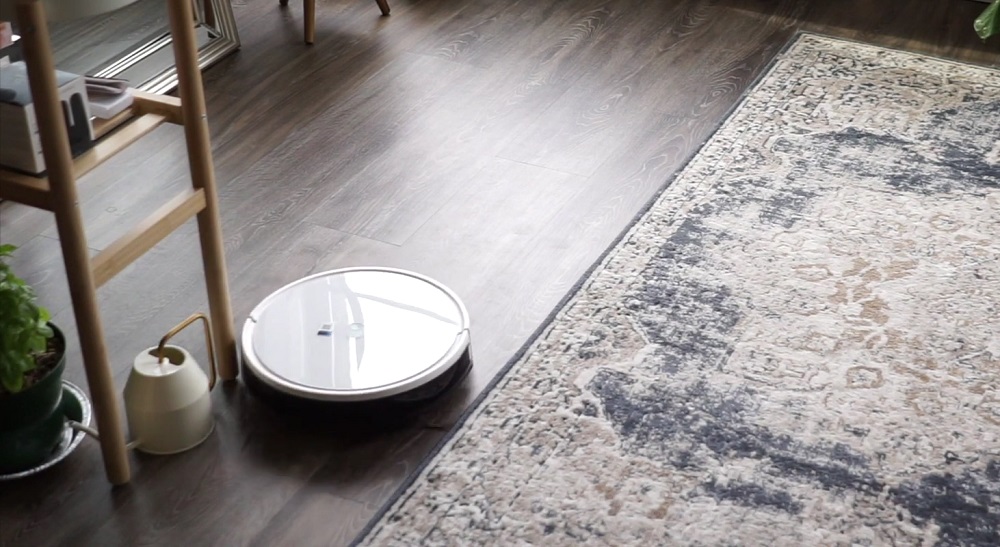
4. Maintenance
Believe it or not, how well you care for your robot will determine how long its battery lasts per charge. For instance, robots with faulty brush rolls may increase their suction power to pick up dirt piles. Also, if hair or debris gets trapped in its wheels, your robot will have a higher chance of getting stuck, making it vacuum in a limited space until its battery runs out of power.
5. Temperature
The longer you run your robot, the hotter the battery will become. Some robot vacuums come with failsafe features that prevent an overly hot battery from succumbing to its heat. This will automatically shut the robot off, but according to some users, this failsafe mechanism can negatively impact the battery over time.
Should I Turn Off My Robot Vacuum When It’s Not in Use?
Not necessarily. Even if you leave your robot in its charging dock overnight, the dock won’t continue to pump power into the battery. However, if you plan on leaving your robot untouched for months at a time, it’s highly advised that you unplug the charging dock and turn your robot off until the next time you need it.
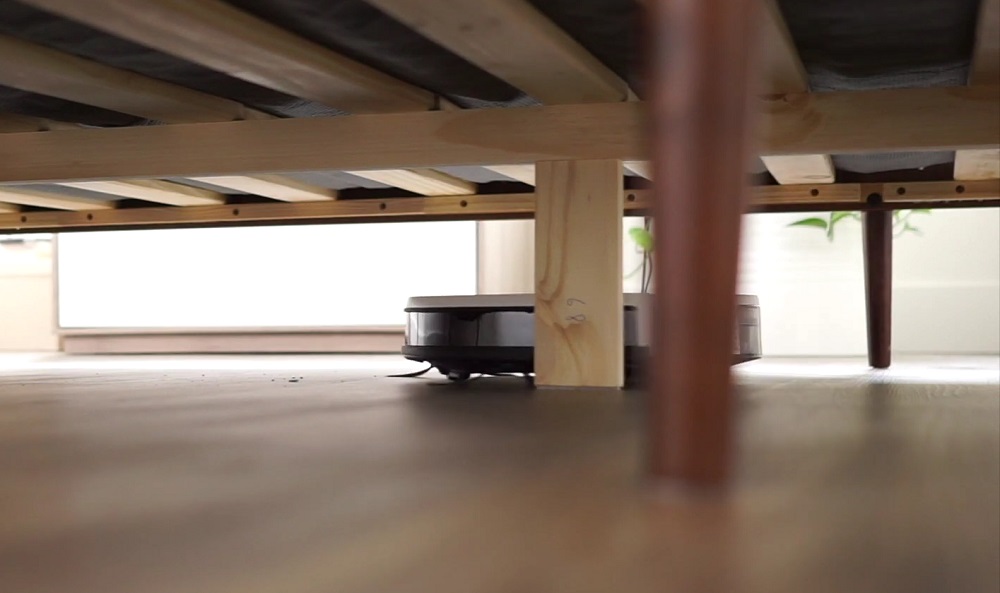
What About Auto-Recharge?
Here’s where things get interesting. Say your robot is running low on juice in the middle of its vacuuming session. If it has an auto-recharge function, which every modern robot comes standard with, it’ll automatically head to its charging dock to refuel. That way, you won’t find your empty-battery robot in random spots on your floors.
But the best thing you can get, at least in terms of battery consumption and convenience, is a robot that has both auto-recharge and auto-resume functions. After the robot has recharged, it’ll automatically dismount from the charging base and continue its cleaning session precisely where it left off.
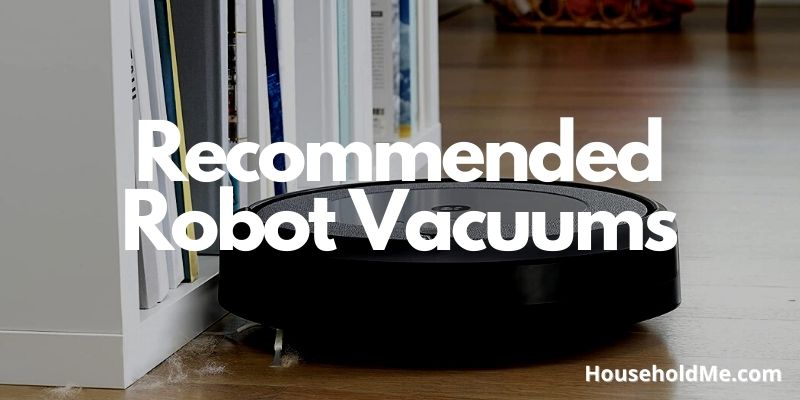
If you have any questions or comments, please add them below in the comment section. Similarly, please let us know if you spot any mistakes or omissions. Thanks!
